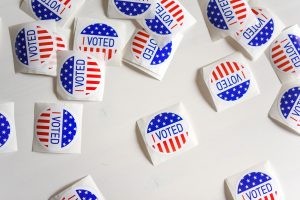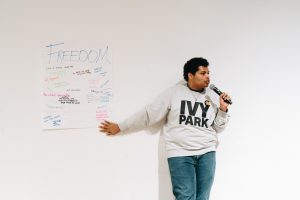Every year as we welcome a new group of student to the St. Olaf campus is a new year that we also welcome a new group of eligible first-time voters. But democratic engagement doesn’t just begin or end with voting, and even those students who are not eligible to vote can find ways to participate in the maintenance of a healthy democracy. You can help build students’ civic habits by incorporating civics into your teaching practice–no matter what subject you teach. Each academic discipline can find ties to public policy and life, and it supports the mission of our institution to assist students in discovering these connections between their courses of study and our democratic society.
Core Resources
Here are just a few core resources for civic engagement across the liberal arts curriculum that include the critical theory, pedagogical techniques, and logistical considerations for this work:
- Matto, E., Millet McCartney, A., Bennion, E. & Simpson, D. (eds) Teaching Civic Engagement Across the Disciplines. Washington, D.C.: American Political Science Association
- McTighe Musil, C. (2015) Civic Prompts: Making Civic Learning Routine across the Disciplines. Washington, D.C.: Association of American Colleges and Universities.
- Thomas, N., Brower, M., Casellas Connors, I., Gismondi, A., & Upchurch, K. (2019) Election Imperatives 2.0: Ten Recommendations to Increase College Student Voting and Improve Political Learning and Engagement in Democracy. Institute for Democracy & Higher Education.
- The National Task Force on Civic Learning and Democratic Engagement (2012) A Crucible Moment: College Learning & Democracy’s Future. Washington, D.C.: Association of American Colleges and Universities.




You must be logged in to post a comment.